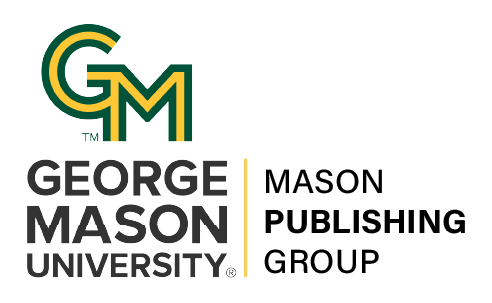ON DEMAND: Teaching Professional Development for STEM GTAs (15 mins)
DOI:
https://doi.org/10.13021/itlcp.2020.2863Abstract
GTAs have significant teaching and learning responsibilities in many highly enrolled undergraduate STEM courses at Mason. They serve as recitation instructors, laboratory instructors, tutors (via office hours), and graders. In these roles, GTAs can have a significant impact on undergraduate students’ learning experience. Hence, mentoring GTAs as they develop and refine their teaching skills is critical to the success of our undergraduate STEM programs. That said, traditionally there has been little investment in formal GTA training beyond the department level at Mason. A variety of models for STEM GTA training have been described in existing literature. Proposed models often take the form of intensive summer institutes (e.g., Rivera, 2018; Dragisich, 2016) that are one to two weeks in length. A study of successful calculus programs noted that the most effective GTA training models associated with these programs included either a summer session with follow-up during the year or a semester-long course on teaching (Rasmussen, 2014), suggesting that ongoing teaching professional development is an important factor in successful GTA training. As part of an existing NSF-funded project we are working to increase the use of student-centered learning in highly enrolled courses. The first two departments engaged in this effort have initially focused on increasing student-centered learning in GTA-led aspects of the targeted courses, e.g. recitations and labs. Targeting GTA-led efforts has been viewed as easier because GTA training (which was not already in place) is fairly easy to create and because GTAs are viewed as more willing than their faculty counterparts to change the way they teach. Additionally, recitations and labs tend to occur in smaller groups, so they provide the opportunity for more hands-on engagement with course material and are natural places to begin a movement toward active learning. Hence, a first step toward transforming highly enrolled courses is providing the necessary professional development for GTAs. Physics and Math, the initial departments engaged in this project, have created and refined their own structures for ongoing GTA development, each catering to the culture and specific needs of their own department. Our goals for this roundtable discussion are: (1) to share GTA training models that have been adopted in several STEM departments at Mason, including curriculum for the professional development sessions, structure of sessions (GTA vs. faculty-led), mechanisms for GTA buy-in, and challenges encountered in developing these professional development opportunities including differing needs of new and experienced GTAs; and (2) to learn about other models of GTA training at Mason, identify the needs of departments and faculty in training their GTAs, and to identify elements of GTA professional development that can be shared across departments and potentially institutionalized.



